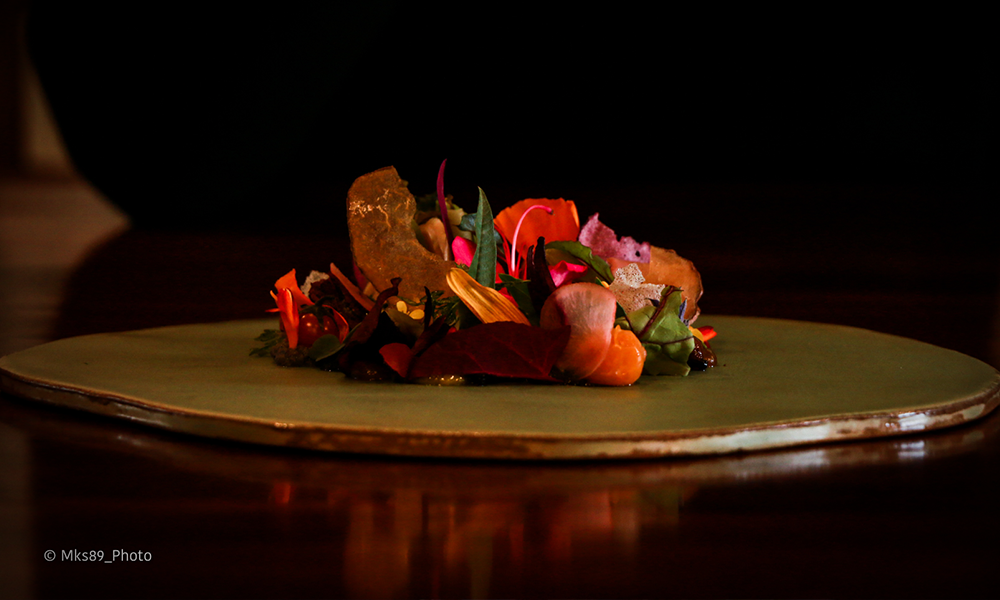El Solsticio de invierno es un acontecimiento astronómico cultural importante para varias culturas a nivel mundial, para la cultura boliviana su celebración tiene base desde tiempos preincaicos; es así, conocido como Willka Kuti de la lengua aymara que significa retorno del sol. Y es conmemorado cada 21 de junio bajo la denominación de Año Nuevo Andino – Amazónico – Chaqueño.
Este fenómeno consiste en el momento en que el sol está más lejos de la tierra; en consecuencia, obtenemos el día más corto y la noche más larga del año, marcando un momento crucial para viarias culturas a nivel mundial. En Bolivia la celebración principal se realiza en el complejo arqueológico de Tiwanaku donde se encuentra la escultura conocida como la puerta del sol.
Centenares de personas asisten al ritual concentrándose desde horas de la noche esperando el amanecer para recibir con las manos en alto los primeros rayos del sol con la creencia de cargar buenas energías para un nuevo año. Con una fogata enorme que es el centro de la celabración, en la que van quemando ofrendas bajo la guía del yatiri quien es el sacerdote aymara o especialista en ceremonias.
Juan Villanueva Criales, antropólogo investigador boliviano nos comentó que la historia de esta fiesta varía según quien la cuente. Para algunos autores es de origen inmemorial, de modo que el 2023 de nuestro calendario gregoriano equivaldría al 5531 años en la cuenta aymara, señala …”Las evidencias más antiguas de una fiesta realizada en esta fecha es el Inti Raymi (fiesta del sol) que celebraban los inkas en el siglo XVI, y que fue descrito por algunos cronistas españoles de la época. El Inti Raymi era la fiesta del dios sol, uno de los más importantes del panteón inkaico. La fiesta fue prohibida durante la Colonia, como muchas otras, al ser considerada un rito idólatra, pagano y demoníaco por la Iglesia.
No se sabe a ciencia cierta por qué se ubicó en el 3504 antes de Cristo el inicio de la cuenta calendárica aymara. Si bien desde la arqueología es claro que las poblaciones aymaras actuales descienden de grupos humanos de más de siete milenios de antigüedad, los primeros asentamientos humanos en el altiplano del Titicaca proceden del 1500 a.C. En cuanto a Tiwanaku, sus dataciones más tempranas hasta ahora son cercanas al inicio de la era cristiana.
Nadie sabe cómo la costumbre de realizar un ritual en relación a la Puerta del Sol -que además no se ubica en su lugar original, dado que fue trasladada allá a inicios de 1800, aparentemente desde la pirámide de Pumapunku- se transfirió a los vecinos del pueblo de Tiahuanaco y de ahí a sus comunidades aymaras. Lo cierto es que desde la segunda mitad del siglo XX y sobre todo en la última década, la costumbre de celebrar el Willka Kuti se ha convertido en una ocasión para celebrar la identidad y la sabiduría tradicional de los pueblos andinos…”
THE RETURN OF THE SUN
The winter solstice is an important cultural astronomical event for several cultures worldwide, for Bolivian culture its celebration is based on pre-Inca times; It is thus, known as Willka Kuti from the Aymara language which means “ the return of the sun”, and it is commemorated every June 21st under the name of Andean – Amazonian – Chaqueño New Year
This phenomenon consists of the moment in which the sun is furthest from the earth; consequently, we have the shortest day and the longest night of the year, marking a crucial moment for various cultures worldwide. In Bolivia, the main celebration takes place in the Tiwanaku archaeological complex, where the sculpture known as the Puerta del Sol is located.
Hundreds of people attend the ritual gathering together for many hours at the night waiting for dawn to receive the first rays of the new sun with their hands raised to this star in order to charge themselves with good energy for a new year. With a huge bonfire that is the center of the celebration, in which offerings are burned under the guidance of the yatiri who is the Aymara priest or specialist in ceremonies.
Juan Villanueva Criales, a Bolivian research anthropologist told us that the history of this festival varies depending on who tells it. For some authors it is of immemorial origin, so that 2023 of our Gregorian calendar would be equivalent to 5531 years in the Aymara count, he points out…»The oldest evidence of a festival held on this date is the Inti Raymi (festival of the sun) which was celebrated by the Inkas in the 16th century, and which was described by some Spanish chroniclers of the time. Inti Raymi was the festival of the God Sun, one of the most important gods of the Inka pantheon. The festival was prohibited during the Colony, like many others, as it was considered an idolatrous, pagan and demonic rite by the Church.
It is not known for sure why the beginning of the Aymara calendrical count was located in 3504 BC. Although from archeology it is clear that the current Aymara populations descend from human groups that are more than seven millennia old, the first human settlements in the Titicaca plateau date from 1500 BC. As for Tiwanaku, its earliest dates up to now are close to the beginning of the Christian era.
Nobody knows how the custom of performing a ritual in relation to the Puerta del Sol -which is also not located in its original place, since it was moved there at the beginning of 1800, apparently from the Pumapunku pyramid- was transferred to the residents of the town of Tiahuanaco and from there to their Aymara communities. The truth is that since the second half of the 20th century and especially in the last decade, the tradition of celebrating the Willka Kuti has become an occasion to celebrate the identity and traditional wisdom of the Andean peoples…”




